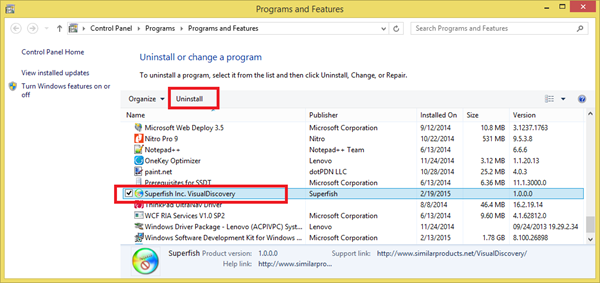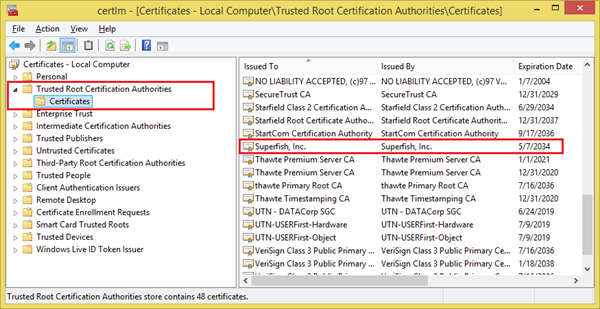Adwares constantly put our computers to risk for a lot of reasons, and if you think Lenovo’s Superfish snafu was the only issue worth worrying about, then you might want to think again.
The company was caught in a storm last week when it was discovered that it was shipping its PCs pre-installed with the Superfish adware, essentially toying with the machine’s security apparatus by installing its own certificates. Lucky for us, this vulnerability could be easily addressed with a few simple steps, but the important thing to note here is that Superfish is not the only piece of software around, there are many more like it which put our digital lives at risk. And oddly enough, they can originate from credible (read: legit) looking sources.

These are some of the adwares which you need to look out for: Purelead, Superfish, Sendori, Lookthisup, Pando, Wajam, WajaNEnhance, System Alerts, LLC.
Just a few days back we told you how you can easily remove the Superfish adware from your PC including any associating certificates that the program may have installed. In a similar fashion to that, all of the above mentioned compromising programs can be removed too. Simply look for their entries in the ‘Programs and Feature’ option in Windows 8 / 8.1 and uninstall them.

Similarly, hit the ‘WINDOW + R’ key combination to launch ‘Run.’ Type in certmgr.msc and hit the Enter key to launch the certificate management interface. Click ‘Trusted Root Certification Authorities’ > ‘Certificates’ and look for certificates that include the name of the program you just deleted earlier on. If found, simply get rid of it by right clicking on the certificate and selecting ‘Delete’ from the menu.

Since these adwares normally find their way on to your computer via your Internet browser, a good practice would be to clear all stored certificate caches after you have deleted the program and certificates from your computer. As a precaution, make use of the Windows Defender as well, and ensure that the program is updated with the latest definitions from Microsoft. Windows Defender is currently able to detect traces of Superfish as we speak as well.
Simply check out our detailed guide on how to remove Superfish from your Lenovo computer for more details. Replace ‘Superfish’ with any other suspected adware and follow the guide as is.
You can follow us on Twitter, add us to your circle on Google+ or like our Facebook page to keep yourself updated on all the latest from Microsoft, Google, Apple and the Web.

